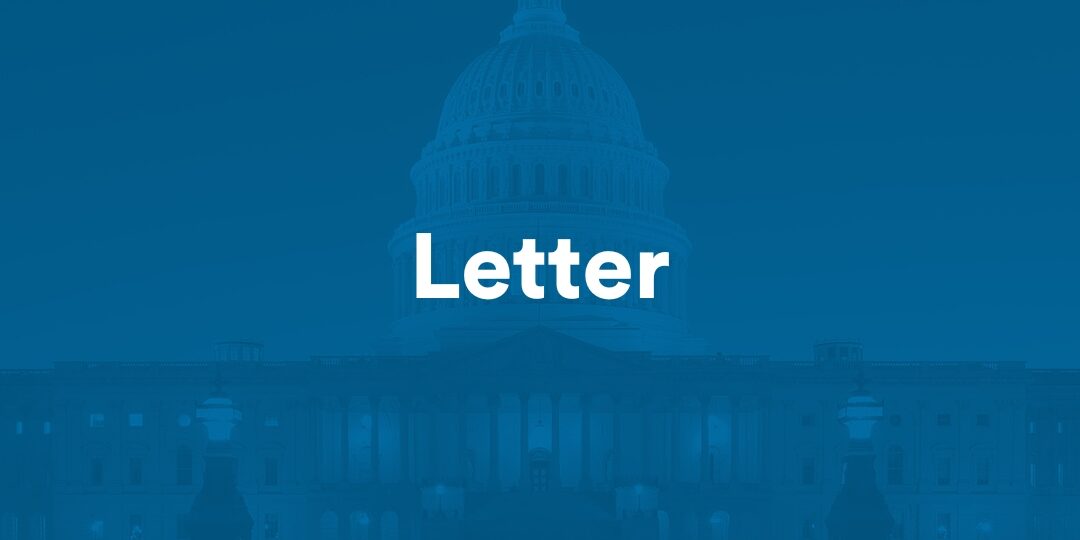February 20, 2025
Ways and Means Committee
Maryland House of Delegates
100 State Circle
Annapolis, MD 21401
via electronic submission
Verified Voting provides information on Maryland’s H.B. 1097
Dear Chair Atterbeary and Committee Members,
On behalf of Verified Voting, I write to provide the Committee with information regarding House Bill 1097, which would establish a Workgroup on Mail–In Ballot Accessibility. Since our founding in 2004 by a group of computer scientists, we have advocated for policies that promote the responsible use of technology in elections. While we do not necessarily oppose a workgroup to study ways to increase accessibility to the ballot, we want to ensure that the study does not include ways to return a voted ballot electronically over the internet.
Four federal government agencies have concluded in a recent risk assessment that electronic ballot return is “High” risk, even with security safeguards and cyber precautions in place. The agencies warn that electronic ballot return “faces significant security risks to the confidentiality, integrity, and availability of voted ballots,” and that these risks can “ultimately affect the tabulation and results and can occur at scale,” and explicitly recommends paper ballots.[1] The risk assessment was issued by the Federal Bureau of Investigation (FBI), the Department of Homeland Security’s Cybersecurity Infrastructure Security Agency (CISA), the U.S. Elections Assistance Commission (EAC) and the National Institute for Standards and Technology (NIST).
In its 2018 consensus report, Securing the Vote: Protecting American Democracy, the National Academies of Sciences, Engineering, and Medicine stated bluntly: “At the present time, the Internet (or any network connected to the Internet) should not be used for the return of marked ballots. Further, Internet voting should not be used in the future until and unless very robust guarantees of security and verifiability are developed and in place, as no known technology guarantees the secrecy, security, and verifiability of a marked ballot transmitted over the Internet.”[2]
NIST, the federal agency responsible for issuing cybersecurity standards, conducted research on ways to enhance accessibility for voters with disabilities. In its 2022 report, Promoting Access to Voting, NIST did not recommend electronic ballot return, instead concluding, “there remain significant security, privacy, and ballot secrecy challenges.”[3]
In late 2022, a blue ribbon panel convened by the University of California, Berkeley’s Center for Security in Politics concluded that creating standards for online ballot return, so that it can be done securely and privately, was not feasible. “When internet ballot return is employed,” the Working Group wrote, “it may be possible for a single attacker to alter thousands or even millions of votes. And this lone individual could perpetrate an attack from a different continent from the one where the election is being held—perhaps even while under the protection of a rogue nation where there is no concern of repercussions.”[4]
We realize and understand that there are real barriers to the ballot for some voters, and we desire to see access to the ballot increased, not diminished. However, efforts to improve accessibility to the ballot must not undermine the fundamental principles of our democracy: private and trustworthy elections that give voters justified confidence that their votes were counted as cast. Electronic ballot return is not private, secure, or verifiable.
In 2023, Verified Voting published a report, Casting Votes Safely: Examining Internet Voting’s Dangers and Highlighting Safer Alternatives (attached), in which several alternatives to electronic ballot return are explored. Some of these include: Remote Accessible Vote-by-Mail (RAVBM), bringing voting devices directly to voters, making all voting locations accessible, ensuring accessible equipment is available and functioning, making improvements to ballot marking device design and deployment, and providing transportation to voting locations.
As the Committee considers House Bill 1097, we would ask that you carefully review the information and sets of reports referenced in this letter and narrow the mission of the proposed workgroup so as to not greenlight an inherently risky and dangerous voting option: electronic ballot return. We would welcome the opportunity to provide you—or other lawmakers—further information about the technical aspects and unavoidable and severe risks of electronic ballot return.
Respectfully submitted,
C.Jay Coles
Deputy Director of Legislative Affairs
